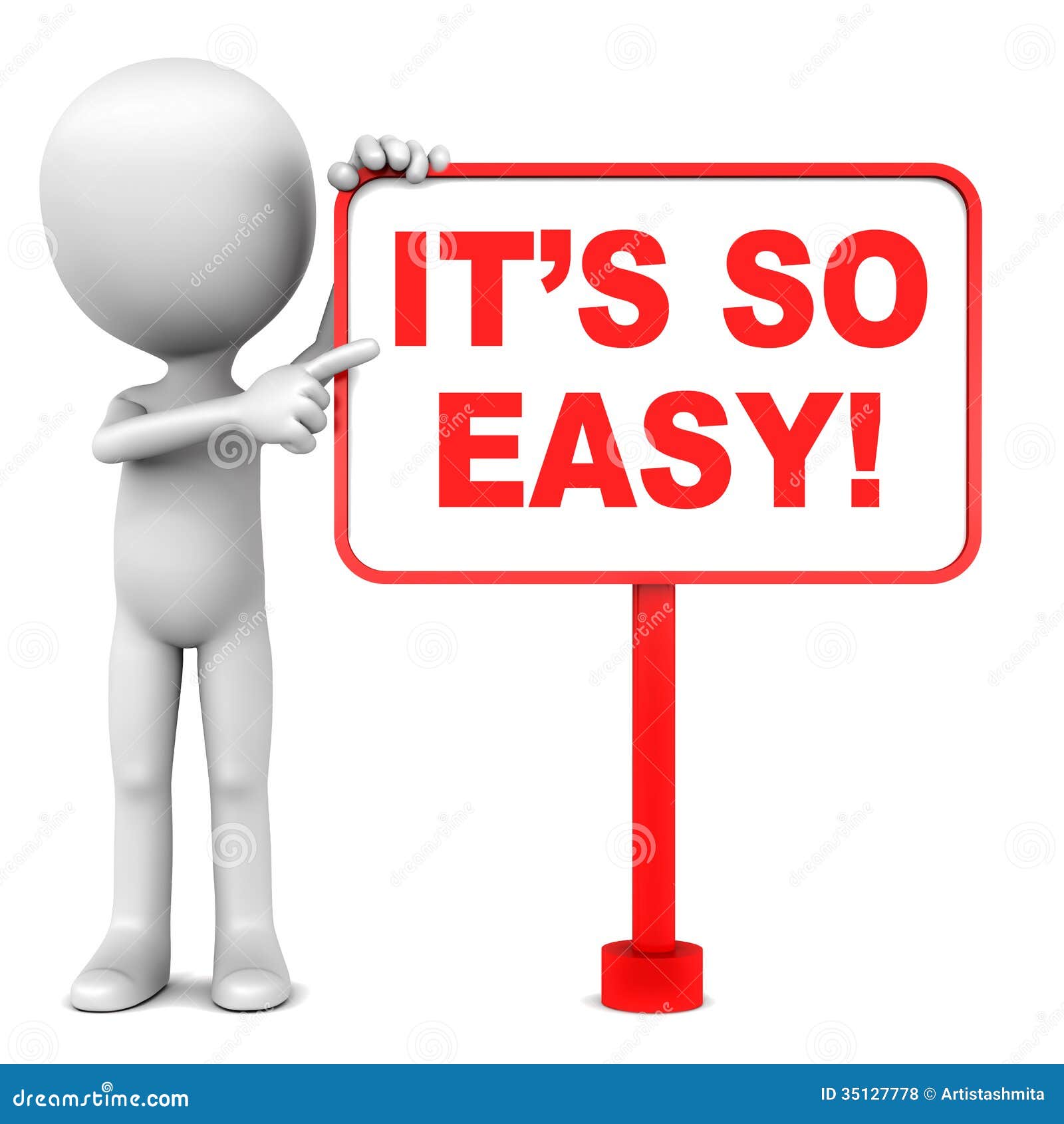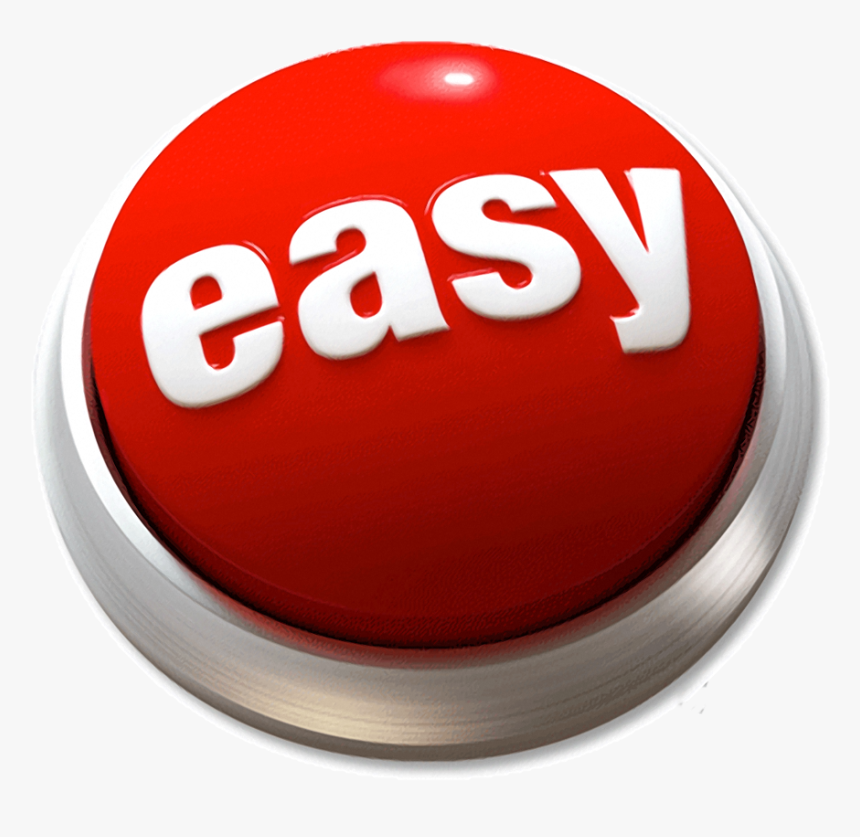Have you ever looked at a stunning mandala and thought, "Wow, that looks amazing, but I could never draw something like that"? Well, you know, a lot of people feel that way, but the truth is, creating beautiful mandala art is much simpler than you might think. It's actually a really accessible way to tap into your creative side, even if you don't consider yourself an artist.
There's something truly special about drawing mandalas. It’s not just about making pretty patterns; it's a process that can be very calming and, in a way, therapeutic. Many find it helps them relax and focus, which is pretty wonderful, isn't it?
This article is here to show you just how simple it can be to get started with easy mandala art. We'll explore the basics, share some handy tips, and get you ready to make your very own circular creations today. You'll soon see that you have all you need to begin this fun and rewarding journey.
Table of Contents
- What's Mandala Art, Anyway?
- Why Choose Easy Mandala Art?
- Getting Started: Your Tools for Easy Mandala Art
- Your First Easy Mandala: A Step-by-Step Guide
- Beyond the Basics: Exploring More Easy Mandala Art Ideas
- The Wonderful Benefits of Drawing Mandalas
- Frequently Asked Questions About Easy Mandala Art
What's Mandala Art, Anyway?
So, what exactly is a mandala? Basically, it's a geometric design or pattern that, you know, often represents the cosmos or deities in various spiritual traditions. The word "mandala" itself comes from Sanskrit, and it means "circle." These designs are typically circular, radiating from a central point, and they're built with a lot of symmetry and repeating patterns.
Historically, mandalas have been used for meditation, spiritual guidance, and even healing. They're found in many cultures around the globe, from Buddhist sand mandalas to Native American medicine wheels. It's pretty cool how universal these circular designs actually are.
When you draw a mandala, you're not just making a pretty picture; you're creating a visual representation of balance and harmony. It's a way to reflect your inner spirit, in a way, and express yourself through shapes and colors. And that, I mean, is a really personal and rewarding experience.
Why Choose Easy Mandala Art?
Choosing to start with easy mandala art is, well, just a smart move for anyone new to this. It takes away any pressure you might feel about making something "perfect." Instead, it lets you enjoy the process, which is really what it's all about. You get to play with shapes and lines without feeling overwhelmed, you know?
For beginners, it's about building confidence and getting comfortable with the tools and techniques. You learn how to draw a great looking beginner mandala with easy drawing instructions, and then, you can easily create your own designs. It's very much about getting started and finding your rhythm.
Plus, easy mandala art is fantastic for all ages. Simple mandala coloring sheets are perfect for little ones, giving them a fun creative outlet. More complex designs, on the other hand, can challenge older kids and even adults, making it a versatile activity for families or classrooms, like for 4th grade and up, actually.
Getting Started: Your Tools for Easy Mandala Art
You don't need a whole lot of fancy stuff to start drawing easy mandala art, which is great news! You probably have most of these things around your house already. This is pretty much about using what's accessible to you.
Here’s what you’ll find really helpful:
- Paper: Any paper will do, but a slightly thicker paper can be nice if you plan to use markers or paints.
- Pencil: A regular graphite pencil is perfect for sketching your initial lines.
- Eraser: Mistakes happen, and that's okay! An eraser lets you clean up your guide lines later.
- Ruler: This helps you draw straight lines and measure distances for symmetry.
- Compass: A compass is your best friend for drawing perfect circles, which are, you know, central to mandala art.
- Protractor: This tool helps you measure angles, ensuring your design is evenly spaced around the circle.
- Pens or Markers: Once your pencil sketch is done, you'll want to go over it with a fine-tip pen or marker. Black is common, but you can use any color.
- Coloring Tools: Colored pencils, markers, or even watercolors can bring your mandala to life. Explore different options for coloring, because, well, that's part of the fun!
It's really just about having these basic geometric tools. You can find out the meaning, history, and tools of mandala art and get started right away with just these few items. You don't need to overthink it, honestly.
Your First Easy Mandala: A Step-by-Step Guide
Ready to create your own? This tutorial shows some simple easy techniques to draw mandala art. We'll go through 10 easy steps with tools, tips, and examples to create your own beautiful design. This is, like, a really fun and easy tutorial for beginners.
Prepare Your Space and Materials
First things first, find a comfortable spot where you won't be disturbed. Gather all your materials: paper, pencil, eraser, ruler, compass, protractor, and whatever you'll use for coloring. Having everything ready, you know, helps the process flow smoothly. Prepare your materials, then you can draw the mandala without interruptions.
Find Your Center Point
To begin, you need a central point on your paper. This is where your mandala will start to grow from. You can find the center by drawing two diagonal lines from corner to corner of your paper; where they cross is your center. Or, you know, you can just estimate it, especially for your very first try. The key is to have a starting point.
Draw Your Guiding Circles and Lines
Now, grab your compass and draw several concentric circles around your center point. Start with a small circle, then make slightly larger ones, like rings on a tree trunk. These circles will act as guides for your patterns. After that, use your ruler and protractor to draw straight lines radiating from the center, dividing your circles into sections. Think of it like slicing a pizza, so, you know, you're making even wedges. These lines help you keep your design symmetrical, which is pretty important for mandalas.
Adding Simple Shapes and Patterns
This is where the creativity really kicks in! Start adding simple shapes within the sections you've created. You could use, like, teardrops, petals, triangles, or even just simple dots. Remember, to draw the easiest mandala art, one should start with simple shapes. You can explore different patterns, shapes, and colors as you go along. It's about building up your design layer by layer, pretty much.
Repeating Your Patterns
The magic of a mandala comes from repetition. Whatever shape or pattern you draw in one section, you know, repeat it in the next section, and the next, all the way around the circle. This creates that beautiful, balanced look. Use pattern repetition for symmetry, and you'll see your design really start to take shape. It's almost like a rhythmic dance for your pencil, actually.
Bringing It to Life with Color
Once your pencil sketch is complete, go over your lines with a fine-tip pen or marker. Then, it’s time to add color! This is where your mandala truly becomes unique. Explore different options for coloring. You can choose colors that reflect your mood, or just pick ones you find appealing. Remember to emphasize the joy of coloring over strict color rules. There’s no right or wrong way to color your mandala, you know, just what feels good to you. This is where your inner spirit really shines through.
Beyond the Basics: Exploring More Easy Mandala Art Ideas
Once you know how to draw a mandala using these easy steps, you can easily create your own mandalas to reflect your inner spirit. There are, like, so many ways to keep exploring this art form. You're not limited to just one style, which is pretty cool.
You can learn how to draw mandalas using basic geometric shapes and different styles. For instance, some people love using paper folding and rubbing techniques to create intricate geometric designs. This can be a simple mandala technique that yields really interesting results. It's a different way to approach symmetry and pattern, honestly.
There are also 25 easy mandala drawing ideas with step-by-step simple sketch outlines, printables, and coloring pages available. These resources can give you fresh inspiration and new patterns to try. You can explore different styles, materials, and applications of this art. Maybe you'll try drawing on different surfaces or with different mediums, you know?
Discover 9 mandala drawing ideas perfect for beginners, and check out 8 different mandala art ideas that all use simple materials you already have. This is pretty much about embracing your artistic side and being inspired with these fun and easy mandala art ideas. It’s about making art accessible and enjoyable for everyone, which is, like, a really good thing.
Why create mandala art with your beginner? Well, it's a wonderful way to foster creativity, improve focus, and experience a sense of calm. Drawing mandala is a meditative and therapeutic process, so, it's good for your mind and spirit. It's a quiet activity that can bring a lot of peace, actually.
You can learn more about the history and meaning of mandala art and follow a step-by-step guide to create your own circular or square design. Use geometry, repetition, and variation to make truly unique pieces. It's a way to connect with an ancient art form while making it entirely your own, which is, you know, quite special.
The Wonderful Benefits of Drawing Mandalas
Beyond just being a fun creative activity, drawing mandalas offers some really neat benefits. As mentioned, drawing mandala is a meditative and therapeutic process. It helps you slow down, focus on the present moment, and quiet your mind, which, let's be honest, is something many of us need in our busy lives.
It can also be a fantastic way to express emotions and process thoughts. The act of creating something orderly and balanced can bring a sense of calm and control. It’s like a visual journal, in a way, where your feelings are expressed through shapes and colors. You might find it helps reduce stress and anxiety, which is, like, a pretty significant benefit.
For kids, it helps develop fine motor skills, pattern recognition, and patience. It encourages them to concentrate and follow instructions, while also giving them freedom to be creative with colors. It's a truly holistic activity that nurtures both the logical and artistic parts of the brain, you know.
Are you ready to discover the wonderful art of mandalas? In just three simple steps – prepare your materials, draw the mandala, and color it – you’ll learn how to create your own beautiful designs. This is, you know, a very simple yet profound way to engage with art and yourself. It’s an invitation to explore your inner world through outer creation. Learn how to draw a mandala in this fun and easy tutorial for beginners on our site, too.
Frequently Asked Questions About Easy Mandala Art
People often have questions when they're starting out with easy mandala art. Here are a few common ones, actually.
What is the easiest way to draw a mandala?
The easiest way to draw a mandala is to start with simple shapes and use pattern repetition for symmetry. Begin with a clear center point, draw concentric circles as guides, and then fill in sections with basic elements like petals, dots, or triangles, repeating them around the circle. It's really about building up the design in layers, which is pretty straightforward.
What do you need to draw a mandala?
You don't need much to get started with easy mandala art. Basic tools include paper, a pencil, an eraser, a ruler, a compass for drawing circles, and a protractor for angles. Once your design is sketched, you can use pens, markers, or colored pencils to bring it to life. It's about using simple materials you already have to create easy mandala art, you know.
Is drawing mandalas good for you?
Absolutely! Drawing mandalas is widely considered a meditative and therapeutic process. It can help reduce stress, improve focus, and promote a sense of calm and well-being. Many people find it a wonderful way to express creativity and connect with their inner thoughts and feelings. It's a very peaceful and rewarding activity, honestly.



